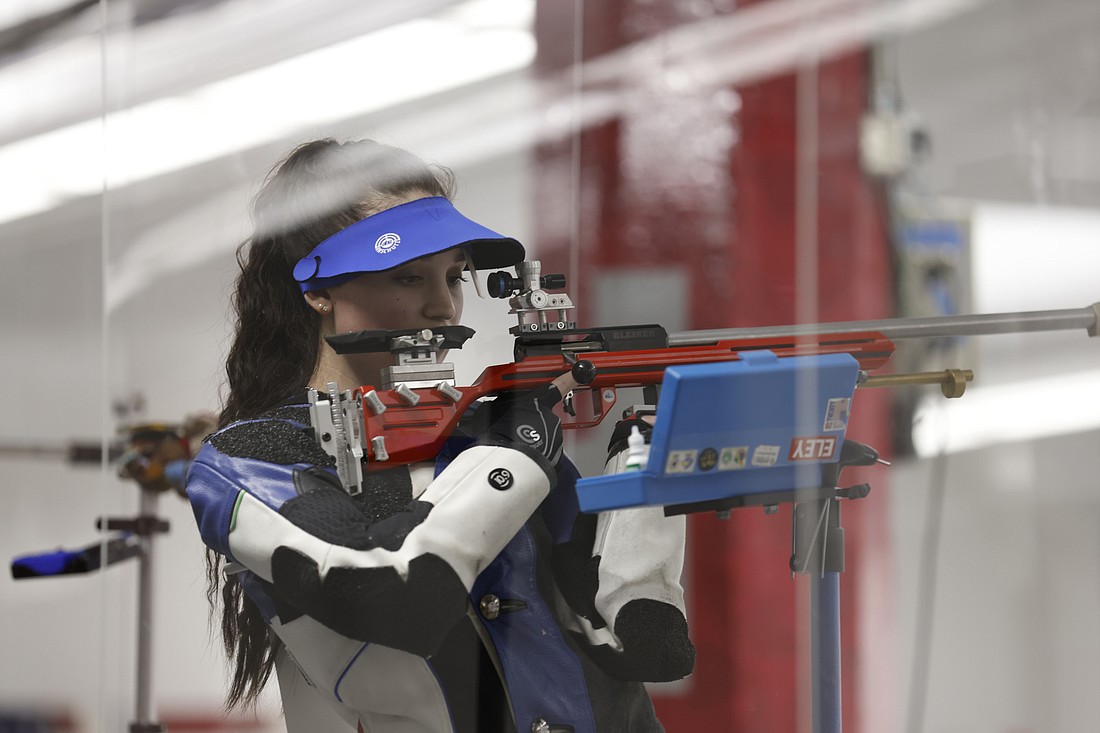- May 1, 2025
-
-
Loading

Loading

Take a breath, pull a trigger and hit a target, then repeat.
On first blush, the shooting events at the 2020 Tokyo Olympics — called such because organizers want the event to act as a "light at the end of the tunnel" for the pandemic era — seem simple enough. Dig deeper and you might find yourself confused between different types of rifles and shooting positions while watching, and with Sarasota's own Mary Tucker leading the US charge, people will want to know what's going on.
Shooting is one of the oldest events in the field, having been held for the first time in 1896, considered to be the first modern Olympics. Back then, however, only men were allowed to compete. Women were not allowed to enter shooting events until the 1968 games in Mexico City, and separate men's and women's events were not created until the 1984 games in Los Angeles.
The United States is the premier shooting country in the world, having won 110 medals (54 gold). To put that in perspective, China has won the second-most shooting medals. They have 56 total (22 gold).
There are 15 shooting events at the Olympics, broken into three areas of expertise: rifle, pistol and shotgun. Those three areas are then broken down even further. Tucker, a Sarasota Military Academy graduate, competes in rifle.
She is ranked No. 2 in the world in the women's 10-meter air rifle discipline by the International Shooting Sport Federation, the sport's governing body. The air rifle events use precision .177 caliber rifles and pellets. The size, weight and attachments of the rifle are all strictly controlled so no one gets an advantage.
Shooters will fire their rifles from 10 meters away in a standing position. The more shots that hit close to the target's bullseye, the more points the shooter receives. Shooters often use relaxation techniques to slow their heartbeat when shooting in order to stabilize their bodies as much as possible and gain accuracy.
In addition to the 10-meter air rifle, Tucker will also compete in a mixed team air rifle event alongside male teammates.
Tucker's other event is the women's 50-meter rifle three-positions. Unlike air rifles, smallbore rifles are firearms and use .22 long rifle ammunition. This event will also test Tucker's ability to control her body. Like the name implies, the event moves shooters through three positions: standing, kneeling and prone.
Pistol events are much like the rifle events in that they use stationary targets. Shotgun events, however, ask competitors to hit targets flying though the air.
Tucker and the women's 10-meter air rifle will kick off the Tokyo Olympics and be the first medal awarded on July 24. The mixed 10-meter air rifle competition will be held July 27 and the women's 50-meter rifle three-positions will be held July 31.